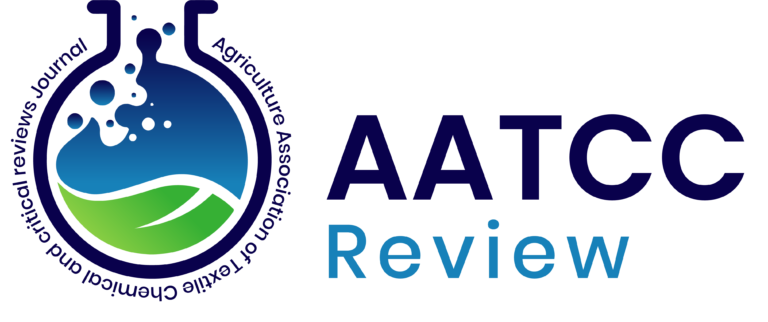Assessing the performance of irrigation and nitrogen fertigation on yield, water use efficiency, nitrogen use efficiency and benefit-cost ratio of onion
DOI: https://doi.org/10.21276/AATCCReview.2025.13.02.15
Abstract
The amount of water allotted for agriculture is gradually declining due to rising demands in the
industrial and municipal sectors. Reduced water availability affects irrigation, which is the primary
necessity for agriculture. As the increasing population and climate change pose new challenges,
there is a growing need to boost food production while conserving water resources in
agriculture. Drip irrigation is one proposed method that enables to maintenance or
even improvement of crop yields by utilizing less amount of water and nutrients. Therefore, the
present field study was carried out during the two winter seasons of 2016-17 and 2017-18 in a
split-plot design having drip irrigation treatments (60, 80, 100, and 120% CPE) as main plot and
nitrogen fertigation treatment (75, 100, 125 and 150 kg/ha) as sub-main plot for onion cultivation.
The highest fresh and dry weight of bulb (63.18 and 73.20 g/bulb; 10.90 and 11.04 g/bulb,
respectively) as well as marketable bulb yield (285.60 and 301.17 q/ha) were achieved when
irrigation water was applied at 100% CPE in combination with nitrogen application @ 125 kg/ha
through fertigation, while, the lowest fresh and dry weight of bulb (42.00 and 45.34 g/bulb) along
with marketable bulb yield (137.15 and 142.15 q/ha) were observed where the irrigation was given
at 60% CPE in combination with 75 kg/ha nitrogen application through fertigation during 2016-17
and 2017-18. However, the highest water use efficiency (59.20 and 60.60 kg/ha/mm) was recorded
where the irrigation water was given at 60% CPE through drip. In contrast, the highest nitrogen use
efficiency was recorded with the application of 75 kg nitrogen through fertigation (263.53 and
259.80 kg/ha), surpassing the results of other treatments. In conclusion, farmers can get better
yields and profitability by adopting drip irrigation at 100% cumulative pan evaporation and 125
kg/ha nitrogen fertigation levels. This study would shed light on the impact of drip irrigation
system among the researchers, which could be utilized for further strengthening the drip irrigation
system in onion farming.
PDF: View / Download
